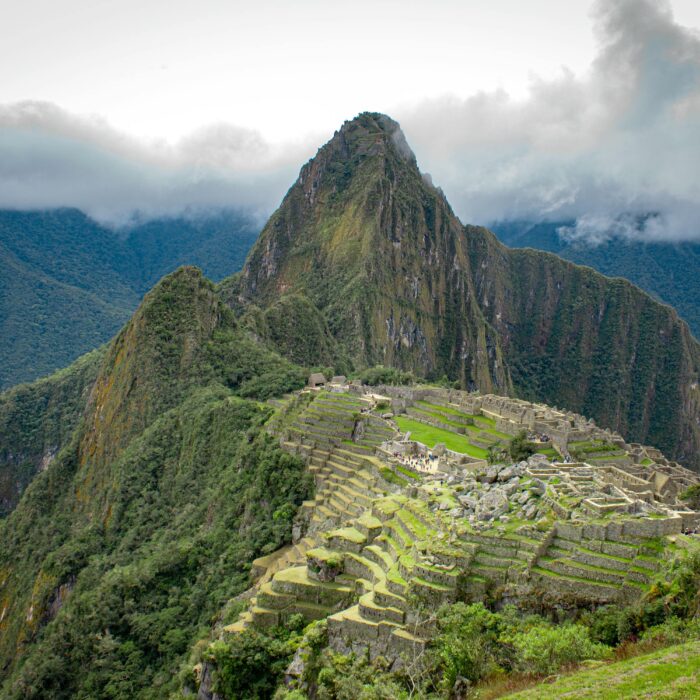Quick facts about Morocco:
- Population: Approximately 37 million people.
- Capital: Rabat.
- Largest City: Casablanca.
- Official Languages: Arabic and Berber (Amazigh); French is also widely used.
- Currency: Moroccan Dirham (MAD).
- Government: Unitary parliamentary constitutional monarchy.
- Major Religion: Islam, predominantly Sunni.
- Geography: Located in North Africa, bordered by the Atlantic Ocean and Mediterranean Sea to the west and north, Algeria to the east, and Western Sahara to the south.
Fact 1: Morocco is one of the most visited countries in Africa
It attracts millions of tourists annually, drawn by its rich cultural heritage, diverse landscapes, and historic cities.
- Tourist Statistics: According to the Morocco’s Ministry of Tourism, Morocco welcomed around 14.5 million tourists in 2023, making it one of the top tourist destinations on the continent .
- Major Attractions: Morocco’s popularity as a tourist destination is due in large part to its iconic cities, such as Marrakech, Casablanca, Fes, and Rabat. Marrakech, in particular, is known for its vibrant souks, historic palaces, and the bustling Jemaa el-Fnaa square.
- Natural Beauty: The country’s diverse geography, which includes the Sahara Desert, the Atlas Mountains, and beautiful coastal areas along the Atlantic Ocean and the Mediterranean Sea, also attracts nature enthusiasts and adventure travelers.
- Cultural Heritage: Morocco’s rich cultural heritage, including its unique architecture, traditional crafts, and famous cuisine, is another major draw for tourists. UNESCO World Heritage Sites, such as the Medina of Fez and the Ksar of Ait-Ben-Haddou, add to its appeal.
- Accessibility: Morocco’s well-developed tourism infrastructure and its proximity to Europe make it a convenient destination for international travelers.
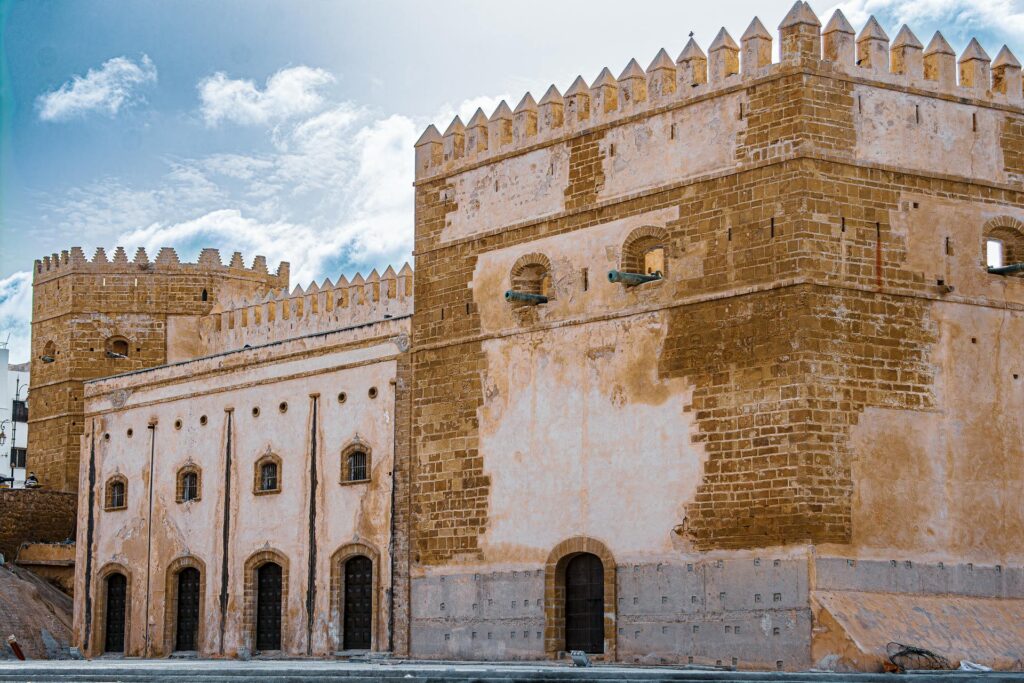
Fact 2: Morocco has one of the oldest ruling dynasties in the world
Officially coming to power in 1666 under Sultan Moulay Rachid, the Alaouite dynasty has ruled Morocco for over 350 years. The dynasty claims descent from the Prophet Muhammad, adding to its historical and religious legitimacy.
The longevity of the Alaouite dynasty has provided Morocco with stability and continuity through various historical periods, including colonialism and independence. The current king, Mohammed VI, who ascended to the throne in 1999, continues to modernize the country while maintaining its rich cultural heritage. The dynasty’s enduring presence is a symbol of national unity and identity in Morocco.
Fact 3: Hand dyeing of fabrics still exists in Morocco
Hand dyeing of fabrics is a traditional craft that continues to thrive in Morocco. This age-old technique is particularly prevalent in cities like Fez and Marrakech, where artisans use natural dyes derived from plants, minerals, and insects to create vibrant colors. The process involves multiple steps, including preparing the dye, immersing the fabric, and allowing it to dry, often repeating these steps to achieve the desired hue.
Artisans in Morocco employ various traditional methods to produce intricate patterns and designs, such as tie-dyeing and resist dyeing. These techniques have been passed down through generations, preserving the cultural heritage and craftsmanship of the region. Hand-dyed fabrics are used to make a range of products, including clothing, home textiles, and decorative items, which are highly valued by both locals and tourists.
Note: When traveling around the country by car, you may need an International Driver’s License in Morocco, find out about the required documents in advance.
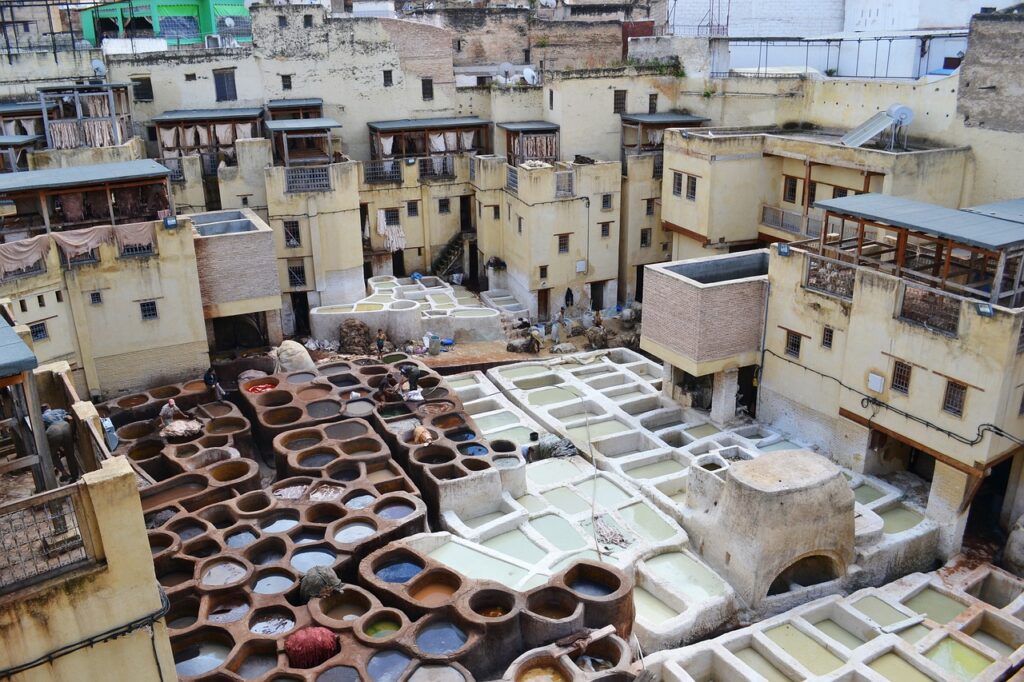
Fact 4: Morocco has a delicious and varied cuisine
Morocco is renowned for its delicious and varied cuisine, which reflects the country’s rich cultural heritage and diverse influences. Moroccan cuisine is a fusion of Berber, Arab, Mediterranean, and French culinary traditions, resulting in a unique and flavorful culinary experience.
Key dishes in Moroccan cuisine include tagine, a slow-cooked stew made with meat, vegetables, and a blend of spices such as cumin, turmeric, and saffron, all cooked in a distinctive conical clay pot. Couscous, another staple, is often served with vegetables, meats, and a spicy broth. Moroccan food is also known for its use of preserved lemons, olives, and a variety of fresh herbs.
Moroccan pastries and sweets are equally notable, often featuring ingredients like almonds, honey, and orange blossom water. Popular treats include baklava, honey-drenched pastries, and chebakia, a sesame cookie fried and coated in syrup.
Fact 5: Morocco produces quality wines
Morocco has a growing wine industry that produces quality wines appreciated both domestically and internationally. The country’s wine-making tradition dates back thousands of years to Phoenician and Roman times, but modern viticulture began during the French colonial period in the early 20th century.
Morocco’s wine regions, primarily located in the foothills of the Atlas Mountains and along the Atlantic coast, benefit from diverse microclimates and fertile soils, ideal for grape cultivation. The main grape varieties grown include Carignan, Grenache, Cinsault, and Sauvignon Blanc, among others.
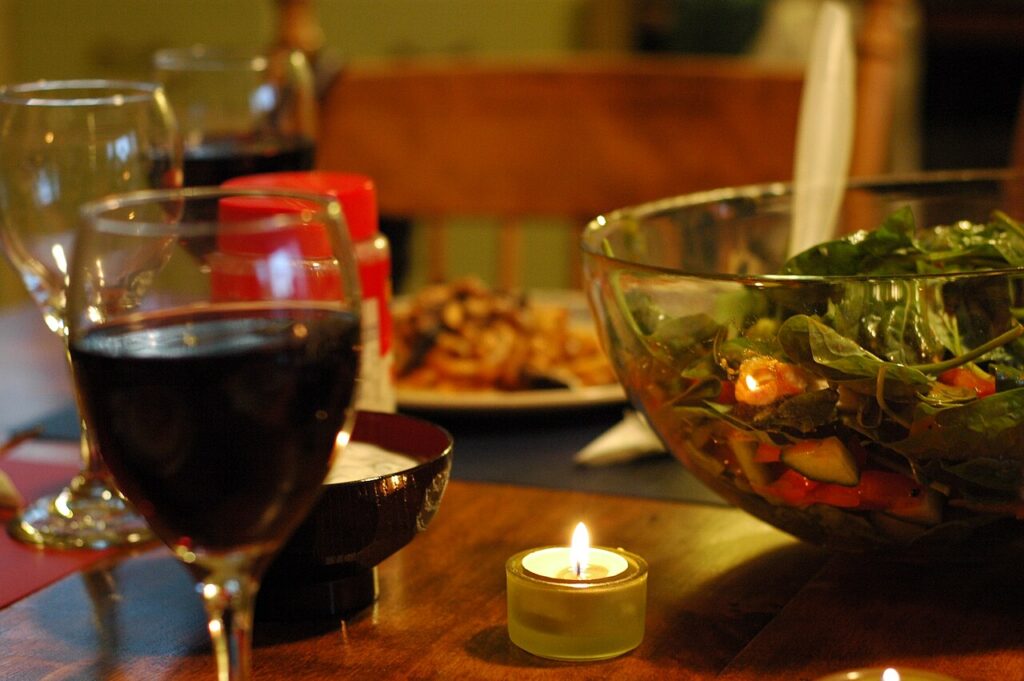
Fact 6: Maroccans love coffee and tea
Coffee and tea are both beloved beverages in Moroccan culture, each playing a significant role in daily social rituals and hospitality.
- Tea: Moroccan mint tea, also known as “atay,” is an integral part of Moroccan hospitality and social gatherings. This sweetened green tea is flavored with fresh mint leaves and sugar, brewed and poured from a height to create froth. It is typically served in small glasses and enjoyed throughout the day, symbolizing warmth and welcome.
- Coffee: Coffee, particularly strong and aromatic Arabic coffee, is also popular in Morocco. It is often served in small cups and is enjoyed after meals or during breaks throughout the day. Moroccan coffee is brewed with spices such as cinnamon or cardamom, adding layers of flavor and aroma.
Both coffee and tea are cherished for their ability to bring people together, whether in homes, cafes, or traditional marketplaces (souks). They are an essential part of Moroccan culture, reflecting the country’s hospitality.
Fact 7: The oldest university in the world is in Morocco
Yes, you read that correctly. Morocco is home to one of the oldest universities in the world, the University of Al Quaraouiyine (also spelled Al-Qarawiyyin). Founded in 859 CE in the city of Fes by Fatima al-Fihri, the university is recognized by UNESCO and Guinness World Records as the oldest continuously operating degree-granting university in the world.
The University of Al Quaraouiyine has a rich history of scholarship and learning, offering courses in Islamic studies, theology, law, and various scientific disciplines. It has played a pivotal role in the intellectual and cultural development of the Muslim world and North Africa.
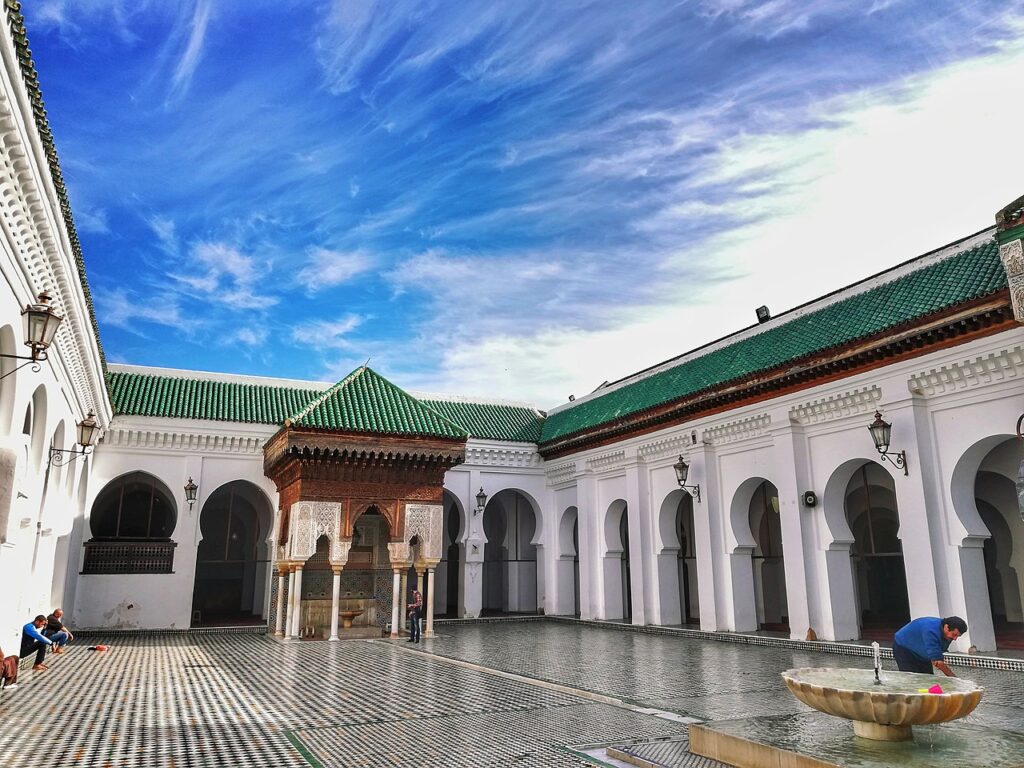
Fact 8: Morocco has ski resorts
Morocco boasts ski resorts that are among the highest in Africa, located in the Atlas Mountains. The most prominent ski destination is Oukaimeden, situated near Marrakech at an altitude of approximately 2,600 meters (8,500 feet) above sea level. This elevation allows for skiing and snowboarding during the winter months, typically from December to March.
Oukaimeden offers stunning views of the Atlas Mountains and provides various amenities such as ski lifts, equipment rentals, and accommodations. The ski season benefits from Morocco’s relatively stable snow conditions, attracting both locals and tourists seeking winter sports activities.
Fact 9: Morocco has an abundance of quality beaches
Morocco is endowed with a diverse coastline along the Atlantic Ocean and the Mediterranean Sea, offering a variety of quality beaches that appeal to locals and tourists alike.
- Atlantic Coast: Along the Atlantic coastline, popular beach destinations include Essaouira, known for its windy conditions ideal for wind and kite surfing, and Agadir, renowned for its long sandy beaches and vibrant beachfront promenade. These beaches attract sunbathers, water sports enthusiasts, and families seeking relaxation and recreation.
- Mediterranean Coast: On the Mediterranean side, cities like Tangier and Al Hoceima boast beautiful beaches with clear waters and scenic surroundings. These beaches offer opportunities for swimming, snorkeling, and enjoying seafood cuisine in nearby coastal towns.
- Coastal Diversity: Morocco’s coastal diversity includes rocky coves, sandy stretches, and picturesque cliffs, providing a range of beach experiences to suit different preferences. Some beaches are lively with cafes and water sports facilities, while others offer secluded spots for peaceful sunbathing and scenic views.
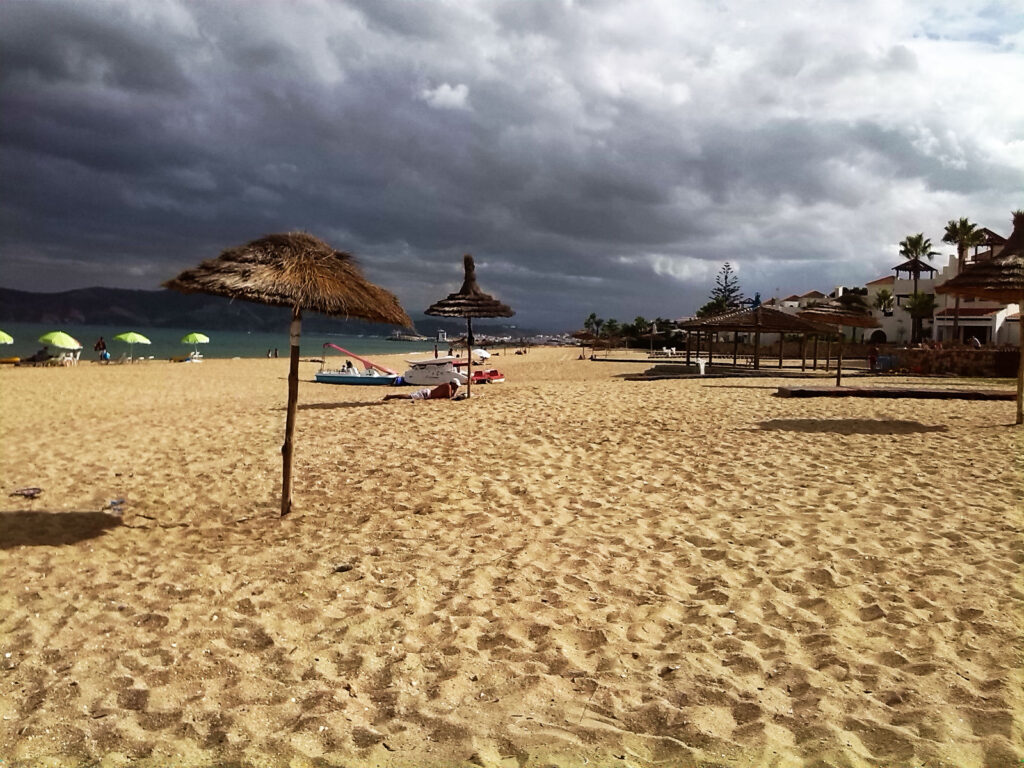
Fact 10: Morocco has unique architecture
Morocco boasts a distinctive architectural heritage characterized by a blend of Islamic, Moorish, and Berber influences, resulting in unique and ornate buildings and mosques that reflect the country’s rich cultural history.
- Islamic Architecture: Moroccan architecture is predominantly influenced by Islamic design principles, characterized by geometric patterns, intricate tilework (zellige), and ornate stucco carvings (gypsum plaster). These elements adorn mosques, palaces, and traditional houses (riads), showcasing meticulous craftsmanship and attention to detail.
- Moorish Influence: The Moorish architectural style, known for its horseshoe arches, domes, and courtyards with elaborate fountains, is prominently displayed in historic sites such as the Hassan II Mosque in Casablanca and the Alhambra-inspired gardens of Marrakech.
- Berber Traditions: Berber architecture, prevalent in rural areas and mountain villages, emphasizes practicality and sustainability. Structures are typically made from local materials such as mud bricks and feature flat roofs with terraces for communal gatherings and drying crops.
- Historic Landmarks: Morocco’s architectural landmarks include the ancient Roman ruins of Volubilis, the fortified city of Ait Benhaddou (a UNESCO World Heritage site), and the iconic medinas (old city quarters) of Fes and Marrakech, where labyrinthine alleys lead to bustling souks and traditional hammams (bathhouses).

Published June 29, 2024 • 8m to read



